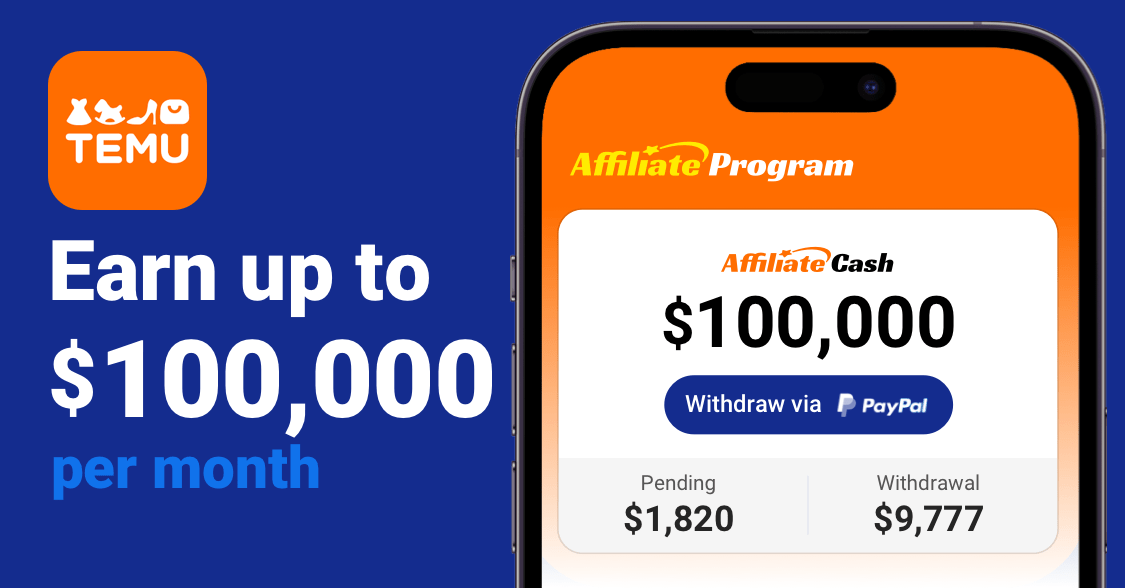If she’s had a particularly rough day, she’ll then use a sleep meditation app that “takes me through breathing exercises to relax and distract my thoughts from whatever happened,” she says.
Choose the right accessories.
Dr. Holliday-Bell swears by a few must-have sleep accessories: a fan, red light, and blackout sleep mask.
Before she gets into bed, she turns on a fan for white noise—she even has a miniature version that she brings with her on the road.
She also switches on a red light, which some small studies have found might “promote natural melatonin release.” The light (she uses this one from Helight) is on a sleep timer, so after 28 minutes—at which point she’s soundly asleep—it turns off.
When she’s ready to put down her book and start to doze off, she slips on the blackout sleep mask. Her trio of accessories are “positive sleep associations”, which means she connects them to a good night’s rest. They can help improve the ability to fall and stay asleep, due in part to that emotional association.
Their physical qualities help, too, though: “[The mask] also, of course, blocks out all the lights so it makes it easier to sleep.” She brings it and a portable fan with her even when she’s on the road, to help make sleeping in hotel rooms easier.
Then do it again tomorrow.
I asked Dr. Holliday-Bell how long it might take for these positive bedtime routine changes to take effect, expecting the answer to be at least a few weeks. And while she acknowledges the widely-repeated stat that it takes 21 days to solidify a habit, she also says that the impact of healthier sleep habits can be pretty immediate.
“Doing the proper things even in one night can make a big difference,” she says. Of course, just because you know something will improve your quality of life doesn’t necessarily make it easy to do.
Don’t stress if it takes some time to settle into your new routine; just trust that, if you stick with it, the steps will become second nature over time. For Dr. Holliday-Bell, going tech-free for an hour before bed was difficult at first. “I would tell myself ‘OK, I’m not going to be on my phone’, and then I found myself grabbing my phone.”
Even sleep experts have a hard time staying off Instagram. But thanks to the advent of automatic Do Not Disturb mode and force of habit she conquered the challenge — and her insomnia. If you’re reading this after 10 p.m., chances are, she’s already asleep.
This article originally appeared on Allure.









